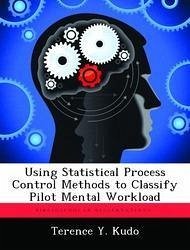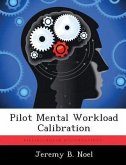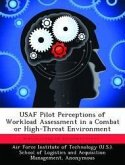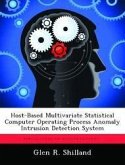The problem of classifying pilot mental workload is important to the United States Air Force. Pilots are more subject to errors and G-induced loss of consciousness during periods of mental overload and task saturation. Often the result is the loss of aircraft, and in extreme cases, the loss of the pilot's life. Current research efforts use different psychophysiological features to classify pilot mental workload. These include cardiac, ocular, respiratory, and brain activity measures. The focus of this effort is to apply statistical process control methodology on different psychophysiological features in an attempt to classify pilot mental workload. The control charts track these features throughout the flight, and classify a segment as high workload if the measurements of these features are greater than predefined control limits. We find that certain control charts prove to be effective workload classifiers and maintain high classification accuracies when applied to other flight data.
Hinweis: Dieser Artikel kann nur an eine deutsche Lieferadresse ausgeliefert werden.
Hinweis: Dieser Artikel kann nur an eine deutsche Lieferadresse ausgeliefert werden.








